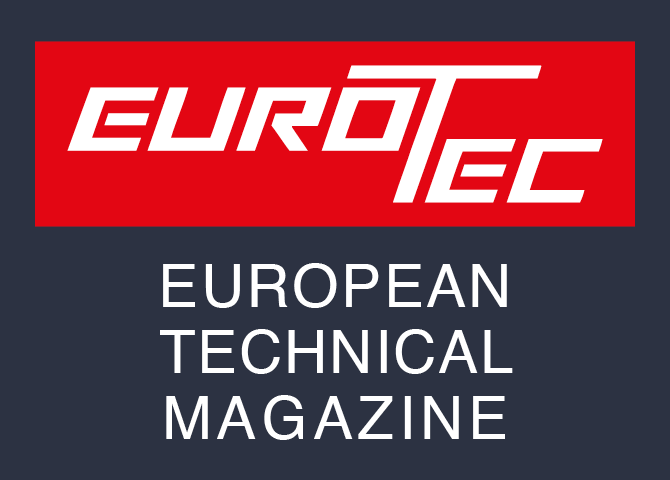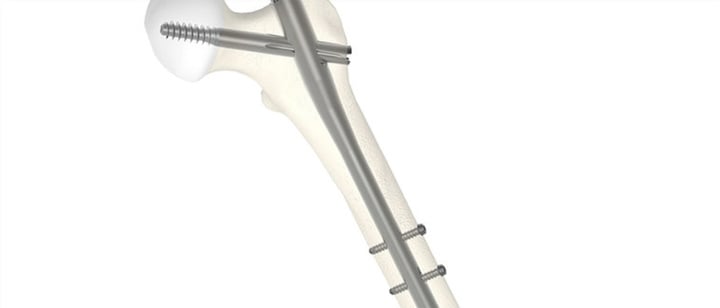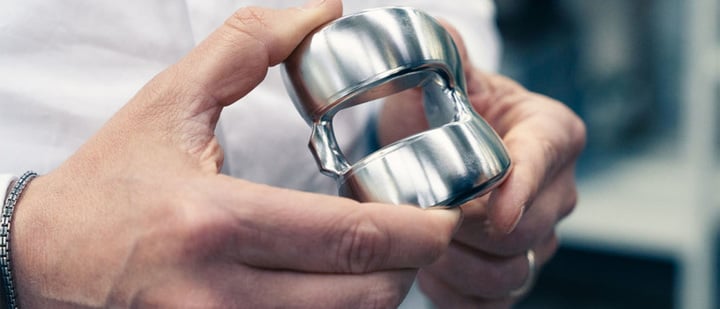Next generation stents, whether in Stainless Steel, Nitinol, or polymer have to perform under the most arduous environmental conditions know to man, the human body. The current preferred material is Nitinol, the Superelasticity stent, but this is not an easy material to process. To process this material effectively, requires a different approach, so Swiss Tec took a Pico look at how efficient cutting could be accomplished.
When 10% is very high! Superelasticity refers to the ability of Nitinol to return to their original shape after deformations. As such, it is an extension of the conventional elasticity that all metals exhibit to varying degrees: stainless steel can return to its original length if stretched up to 0.3% of its original length, extremely elastic titanium alloys up to 2%, and super elastic Nitinol, over 10%. While a super elastic material appears macroscopically to be simply "very elastic", in fact the mechanism of deformation is quite different from conventional elasticity, or simply the stretching of atomic bonds.

Changes in the atomic structure When a stress is applied to Nitinol, and after a rather modest elastic deformation, super elastic Nitinol changes its crystal structure from austenite to martensite. The austenite, or "parent" crystal structure is cubic in nature; the martensitic "daughter" structure is a complex monoclinic structure. Nitinol is an equiatomic composition of nickel and titanium, and one of very few alloys that is both super elastic and biocompatible. The temperature range within Nitinol’s Superelasticity includes body temperature. It is with these characteristics, Nitinol has become the preferred material for designers of self-expanding stents. It is important to note that the transformation between austenite and martensite is driven by temperature, as well as by stress.
Challenges to cut stents The laser cutting of Nitinol has challenges, as higher energy levels have to be employed to effectively cut Nitinol. This requirement leads to predominant disadvantage of Nitinol: the Heat affected Zone. Using the latest Fiber lasers has helped in effectively cutting Nitinol as the power control, stability and beam quality are superior to the older laser types. And heat affected zones have been reduced to 5 to 7 microns depth from the initial 20 to 30 micron depth. As the Superelasticity is a metallurgical property, any re-crystallisation in the Heat affected zones has to be taken into consideration in the design. The current method is to electro chemically remove the affected area, to return to the original metallurgical structure before heat treatment.
Simple mechanical proprieties... that seems magic Self-expanding stents are manufactured from tube with a diameter smaller than diameter of the vessel, and are then expanded to the final size under controlled temperature conditions , so that when inserted into the vessel, the body temperature self expands the stent to the treated size. The mechanical requirements are exacting and the designer has to compensate for the loss of material by increasing the original size of the Nitinol tube. As Nitinol is an expensive material, this additional compensation is a cost burden in the market place. The Fibre laser has compensated to the cost burden by enabling a higher throughput rate with reduced post operation time, but in the current economic climate, the costs down pressures are increasing. An answer to reduce difficulties The precision power percussion Pico ablation system from Swiss Tec is a virtually cold process now under investigation in Zurich for cutting Nitinol. This new process removes the unwanted material by vaporising minute amounts of the material in Pico seconds so that virtually no thermal energy is conducted into the surrounding area. By pulsing the laser beam at repetition rates of 400 KHz, the material removal rate is within an acceptable time frame. With Pico cut Nitinol, Swiss Tec believes that no post chemical removal is required and a limited cleaning of the minimal debris is all that is needed. This has a number of advantages to the designer of Self expanding stents. The mechanical compensation requirements are virtually eliminated so the expanded end forces tolerances will be closed to the design intent. The raw material tube size can be reduced accordingly with a cost saving. The post operation are significantly reduced in complexity and time giving a cost saving.
Even more possibilities The system offers new opportunities as the surface of the stents can now be micro or nano profiled to hold or key the new rejection drugs more effectively. Part marking of an individual stent is also possible. As the system is developed, further increases in the cutting speed are predicted again providing a significant cost saving.
This new technology already exists and can be used today! Do not hesitate to ask for more information!
Swisstec AG Bahnhofstrasse 7 FL-9494 Schaan Principality of Liechtenstein Phone +423 / 232 93 50 Fax +423 / 232 93 39 [email protected] www.swisstecag.com

.
.
.
By the way, we published an excellent article on Swisstec in Issue 365. You can download it here (in French, German and English).





















